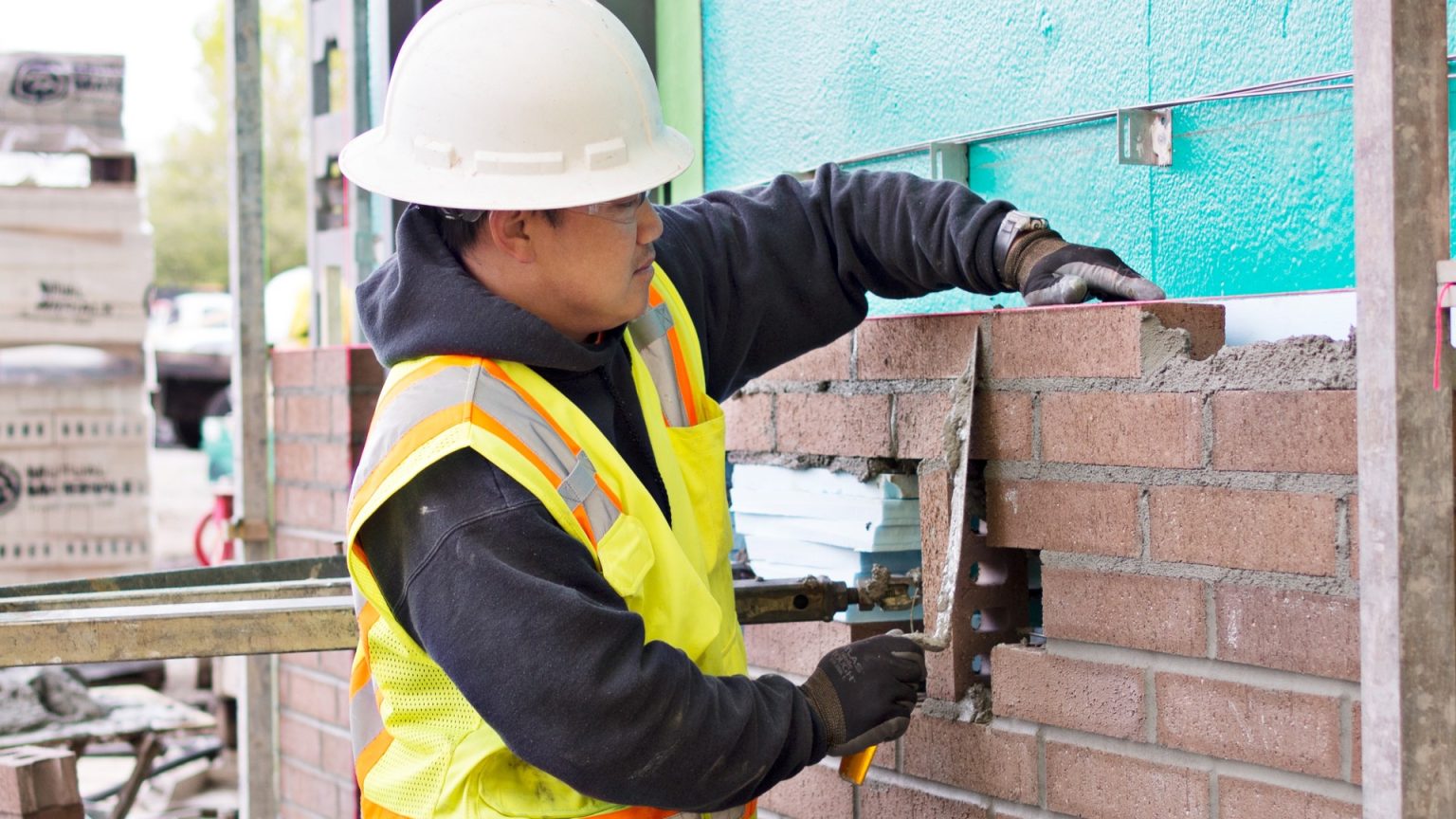The UK faces a significant challenge in meeting its ambitious housing targets, with a critical shortage of skilled construction workers, particularly bricklayers, identified as a major roadblock. Housing Minister Matthew Pennycook has emphasized the need to prioritize training and upskilling the domestic workforce rather than relying on migrant labor to fill these crucial roles. He advocates for a substantial increase in bricklaying apprenticeships to ensure the construction industry has the capacity to deliver the 1.5 million homes targeted by the Labour Party by 2029. This ambitious goal, equivalent to building 300,000 homes annually, represents a rate of construction not seen since the 1970s.
Pennycook’s call for a home-grown solution to the skills gap underscores the importance of investing in training and development within the UK. Relying solely on an overseas workforce, he argues, is not a sustainable long-term strategy. Instead, the government should focus on identifying and nurturing talent within the country, creating a skilled and sustainable workforce for the future of the construction industry. This approach not only addresses the immediate need for skilled workers but also contributes to long-term economic growth and job creation within the UK.
The urgency of this situation is further highlighted by new analysis from the Construction Industry Training Board (CITB), which projects a demand for an additional 250,000 construction workers by 2028. This figure underscores the scale of the challenge facing the industry and reinforces the need for immediate and decisive action to address the skills shortage. Failure to do so could jeopardize the ambitious housing targets set by the Labour Party and exacerbate the existing housing crisis. The CITB analysis serves as a stark reminder that the construction industry needs a comprehensive strategy to attract, train, and retain skilled workers.
While the government emphasizes the need for increased housing construction, concerns have been raised about potential obstacles to achieving these ambitious targets. The Construction Plant-hire Association (CPA) has warned that the recent rise in National Insurance contributions could undermine the industry’s ability to deliver on these goals. According to CPA CEO Steve Mulholand, the increased tax burden creates additional financial challenges for construction businesses, potentially hindering their ability to invest in new projects and recruit the necessary workforce. This concern highlights the complex interplay between government policy and industry capacity, emphasizing the need for a balanced approach that supports both fiscal responsibility and economic growth.
The Labour Party’s commitment to building 1.5 million homes by 2029, while ambitious, is seen by Pennycook as achievable with the right strategies in place. This target represents a significant increase in the current rate of house building and will require a concerted effort from all stakeholders, including government, industry, and training providers. Achieving this goal necessitates not only addressing the skills shortage but also streamlining planning processes, ensuring access to land, and promoting innovative construction techniques. It will also require significant investment in infrastructure to support the increased demand for materials and resources.
Ultimately, the success of this ambitious housing plan hinges on the ability to develop a robust and skilled workforce within the UK. Addressing the current skills gap is paramount to meeting the demand for new homes and ensuring the long-term health of the construction industry. This requires a multifaceted approach involving increased investment in apprenticeships, vocational training programs, and initiatives to attract young people to the construction sector. By prioritizing the development of a home-grown workforce, the UK can lay the foundation for a sustainable and thriving construction industry capable of meeting the housing needs of future generations.


